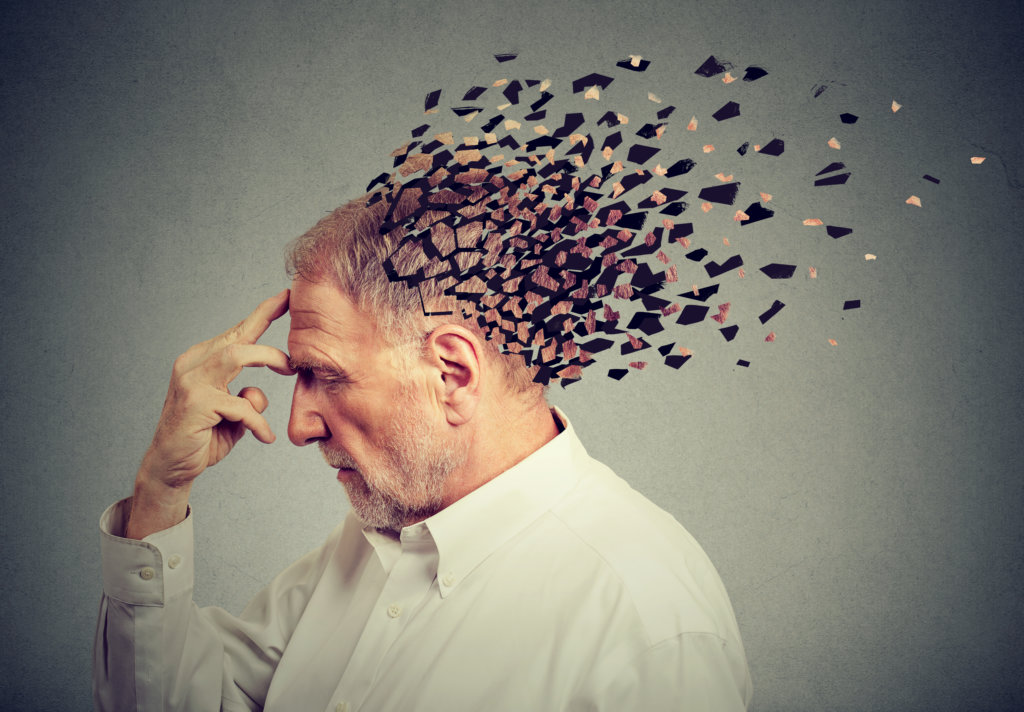For patients with Alzheimer’s disease and their caregivers, sleep disturbances and behavioral issues can significantly worsen an already difficult situation. But new research by scientists from Weifang Medical University in China indicates that light therapy may offer real benefits in managing these symptoms.
The systematic review and meta-analysis combined data from 15 studies involving nearly 600 Alzheimer’s patients. The results showed that exposure to bright light at strategic times of day can improve sleep, mood, and behavior in people with Alzheimer’s.
“Light therapy improves sleep and psycho-behavioral symptoms in patients with Alzheimer’s disease and has relatively few side effects, suggesting that it may be a promising treatment option for patients with Alzheimer’s disease,” the authors write.
Resetting the Body’s Internal Clock
Many Alzheimer’s disease patients experience disrupted circadian rhythms, essentially getting their days and nights mixed up. Their bodies lose the ability to regulate the natural 24-hour light-dark cycle that tells us when to be awake and alert or sleepy and resting.
Light therapy aims to get circadian rhythms back on track by strategically exposing people to bright light, almost like a reset button for the body’s internal clock. The light sends signals to parts of the brain that control sleep-wake cycles, hormone secretion, and other biologic processes.
For Alzheimer’s patients, light therapy typically involves sitting in front of or underneath a medical device that emits intense white or blue-enriched light for a prescribed length of time each day. This resets melatonin levels and stabilizes circadian rhythms.
Light Therapy Brings Brighter Future For Alzheimer’s Patients
The meta-analysis combined results from studies that tested light therapy against usual care or dim red light exposure in Alzheimer’s patients. On average, those receiving light therapy showed significant improvements across several measures:
- Sleep efficiency: Light therapy increased the percentage of time spent asleep while in bed by about 2.5 hours compared to the control group. Better sleep efficiency indicates higher sleep quality.
- Depressive symptoms: Scores showing severity of depression improved by an average of 2.5 points more with light therapy than in the control group.
- Agitation: Disruptive verbal and physical behavior improved nearly 4 points more with light therapy. Lower agitation reduces risks to patient safety.
- Caregiver burden: Stress levels in caretakers of Alzheimer’s patients dropped by over 3.5 points more in the light therapy group. Improving patient sleep and behavior can ease strain on family members.
- Rest-activity rhythms: Light therapy better synchronized patients’ sleep-wake cycles and reduced daytime napping. Stabilizing circadian rhythm is key for proper hormone regulation.
The analysis did not show significant improvement with light therapy in other areas like cognition and nighttime awakenings. But overall the authors concluded that light exposure “significantly improved sleep and psychobehavioral symptoms in patients with Alzheimer’s disease.”

Could Light Therapy Delay Disease Progression?
Past research shows that circadian rhythm disturbances appear early in Alzheimer’s and worsen alongside dementia symptoms. Some scientists theorize that disrupted sleep and biological rhythms may directly accelerate disease progression.
Stabilizing circadian cycles could therefore slow decline in Alzheimer’s patients. In fact, the researchers behind this latest meta-analysis suggest that “portable light therapy devices for AD are required” for easier treatment administration at home.
Indeed, having Alzheimer’s patients sit in front of a light box for hours each day is not always feasible. But researchers are testing wearable devices that provide therapeutic light exposure in a more convenient, real-world way.
If light therapy proves to not only manage symptoms but also delay dementia decline, it would transform treatment options for the over 6 million Americans living with Alzheimer’s disease.
The study is published in the journal PLOS ONE.












The absence of certain frequencies of light seem to correlate with
viral infections, like Covid. Covid struck more in places where
sunlight was less, like in northerly latitudes, and also with people
whose lives did not expose them to light.
This was not just UV light needed to make Vitamin D. Studies have
shown that the NIR, Near Infra-Red light from the sun which penetrates
the body and produces melatonin, which is a powerful anti-oxidant, inside
the mitochondia of our cells fights against oxidative stress, and viral
infection.
It would be very ironic if the rise in Alzheimer’s disease was due to
our staying indoors in air conditioning behind windows that filter out the
very frequencies we need to stay healthy – not to mention other factors
like shift work that has people working in buildings through the night\
with only electric lighting to illuminate what they see.
We humans think we know so much but there is so much more to know
and keep an open mind about. But not so open that our brains fall out,
as the saying goes.